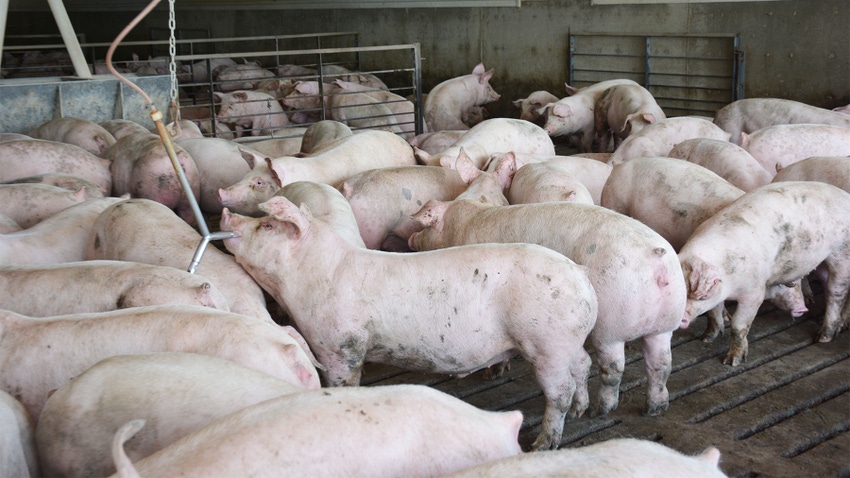
Before we all settled in for the holidays to close out 2023, USDA offered U.S. hog producers a look at the past and a glimpse into the future with the issuance of the quarterly Hogs and Pigs Report on Dec. 22.
That report shows that as of Dec. 1, U.S. farms had 75 million hogs and pigs, which is up slightly from the year prior, but down slightly from Sept. 1. Of that total, 69 million are market hogs, while 6 million are kept for breeding.
U.S. hog producers once again proved their success as they weaned an average of 11.66 pigs per litter for the September-to-November period last year. That is up from the 11.61 pigs weaned per litter reported in the late-September Hogs and Pigs Report, which was a record.
According to the report, the nation’s hog producers intend to have 2.9 million sows farrow between December and February, and 2.91 million sows farrow between March and May.
As states go, the big three remain the big three. Iowa has the largest hog inventory with 24.9 million head. That inventory takes a deep dive to the next two on the list, as Minnesota has 9.1 million head and North Carolina comes in at 7.8 million head.
Big picture
That is the big-picture view, as the numbers were obtained from USDA surveys of 6,341 operators across the nation during the first half of December.
Lee Schulz, associate economics professor at Iowa State University and no relation to this writer, broke down the numbers of the USDA report, as well as offered another set of big-picture numbers as tracked by ISU economists. Since 1974, ISU has tracked the monthly estimated returns for farrow-to-finish hog producers in Iowa.
Hog industry veterans recall 1998 and 1999 as painful years, and the ISU numbers illustrate that pain, showing losses of $26.88 and $17.08 per head, respectively. ISU’s forecasts for 2023 and 2024 show per-head losses of $30.89 and $20.87, respectively. If realized, they would be the worst two years in pork production from a financial standpoint.
Schulz is quick to point out that this model is a barometer of returns and does not necessarily represent any individual producer. Just like a disclaimer offered by a financial planner or stockbroker, actual results may vary.
Looking ahead, Schulz says prices for 2024 are going to be the seventh highest ever from a nominal standpoint before adjusting for inflation.
Of course, the other side of the equation is the cost of production, which has been a thorn in producers’ sides for many years, if not always.
Again, presenting numbers for Iowa farrow-to-finish operations, costs were up 27% from 2020 to 2021, up 18% from 2021 to 2022, and up another 2% this past year. The good news, Schulz points out, is that the cost of production for 2024 should see a “moderate decline,” but even with that decline, he says cost of production will still be at record levels “or really, the new normal.”
Regardless of what the costs and the prices are, it can be difficult for producers to react quickly to today’s business climate, partly due to biological lag. This means the pork we are consuming today is a result of decisions made by producers 10 to 18 months ago.
U.S. hog producers, especially the veterans, know the market is cyclical, and they know the various maneuvers they can practice in the barns and in the markets to best prepare themselves to weather this continual storm. Resiliency is the key word moving forward.
About the Author(s)
You May Also Like






